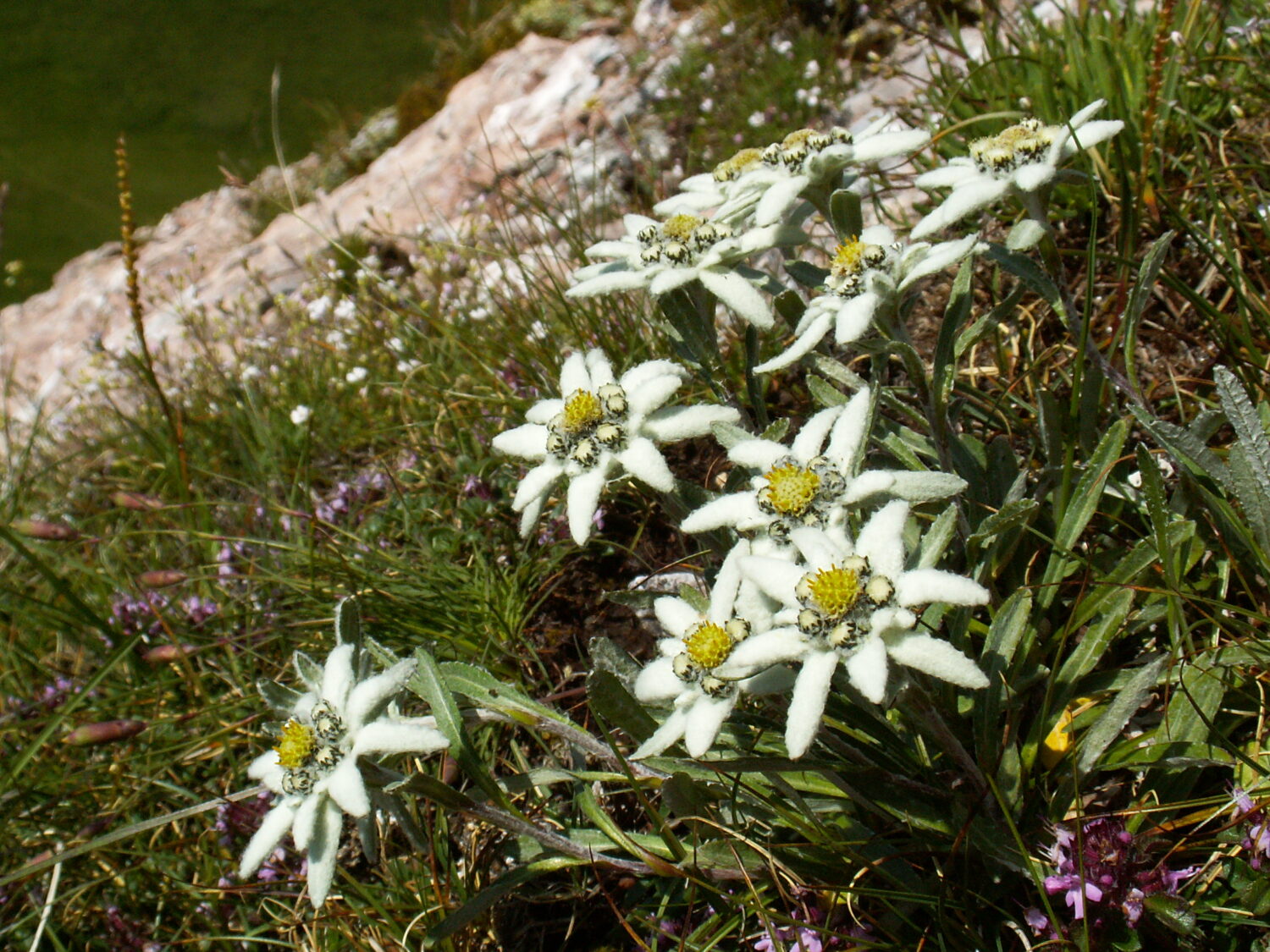Why should something be protected at all? In short – mainly owing to harmful and reckless human encroachments upon nature. As early as 1920,members of the Department for the Protection of Nature and Natural Monuments at the Museum Society of Slovenia presented with a special document, named The Memorandum, the first national nature conservation programme for Slovenia to the provincial government. The Memorandum also contained specific requirements for the protection of endangered plant and animal species, karst caves and the declaration of seven protected areas in the country. Currently, almost 57% of Slovenian sea and land is designated with nature protection measures. A good 37% of the territory falls under the auspices of the European Natura 2000 network. The first protected plant in Slovenia was the Edelweiss (Leontopodium alpinum), safeguarded as early as 1896 due to overharvesting. Only a couple of years later, the semishrub growing on the ground in front of you was also protected. This is Blagay’s Daphne (Daphne blagayana), found in 1837 at Gora near Polhov Gradec in Slovenia. Even the Saxon king Frederick Augustus came to inspect the plant’s locality, which is the reason why it also became known as the royal flower. Blagay’s Daphne was eventually found to be widespread in dry pine forests in Croatia, Bosnia and Herzegovina, Serbia, Montenegro, Macedonia, Albania, Romania, Bulgaria and Greece, as well as in the fore-mountains of the Carnic Alps in Italy. In Slovenia, it is protected as a vulnerable species.
Listen to the dwarf Zois
Credits
Concept: Klemen Završnik, Martina Tekavec
Text: Klemen Završnik
Photo: arhiv družine Bois de Chesne, Tone Wraber, Klemen Završnik
Drawings: Samo Jenčič (škrat Cojzek) in Carl Huck (Zlatorog)
Voice: Teja Malovrh Cigale
Reviewer: Špela Pungaršek
Language Editor: Henrik Ciglič
Sound editing: David Kunc
Slovenian Museum of Natural History, 2021
